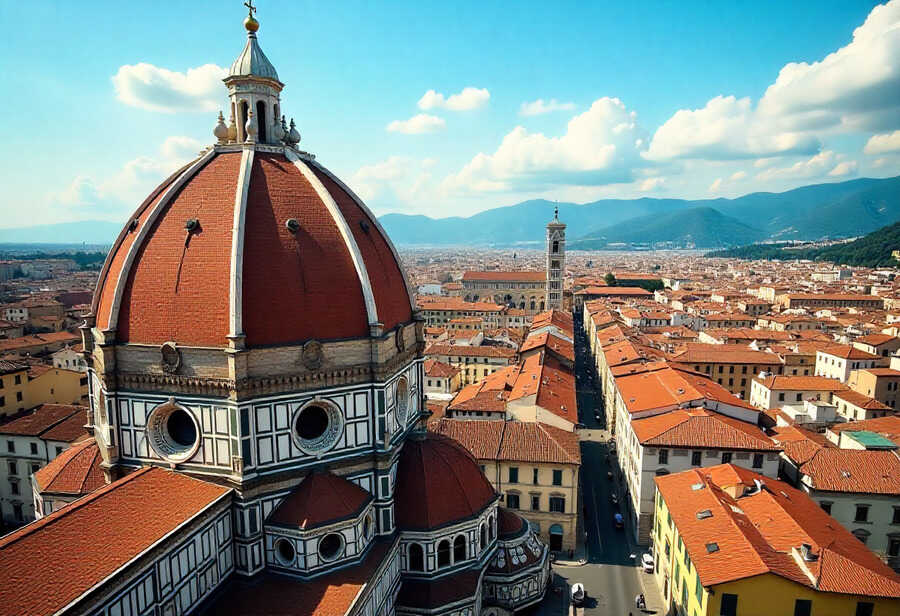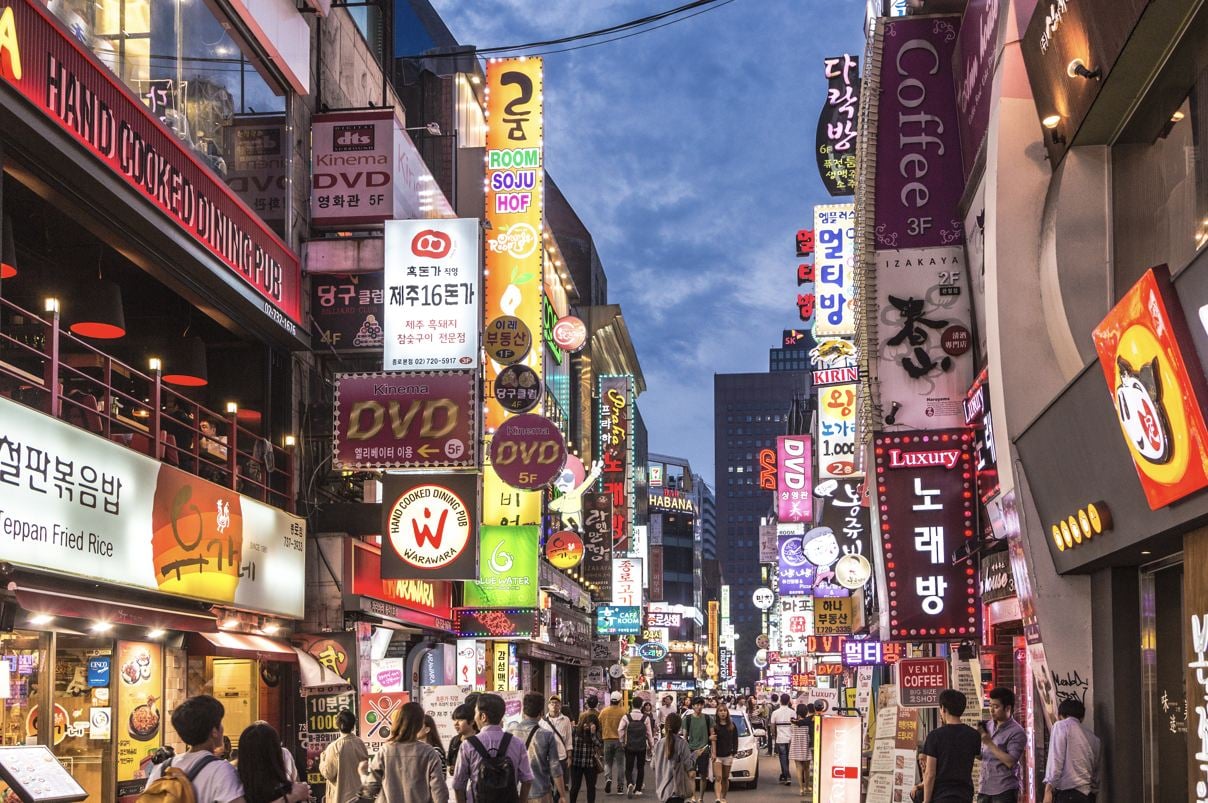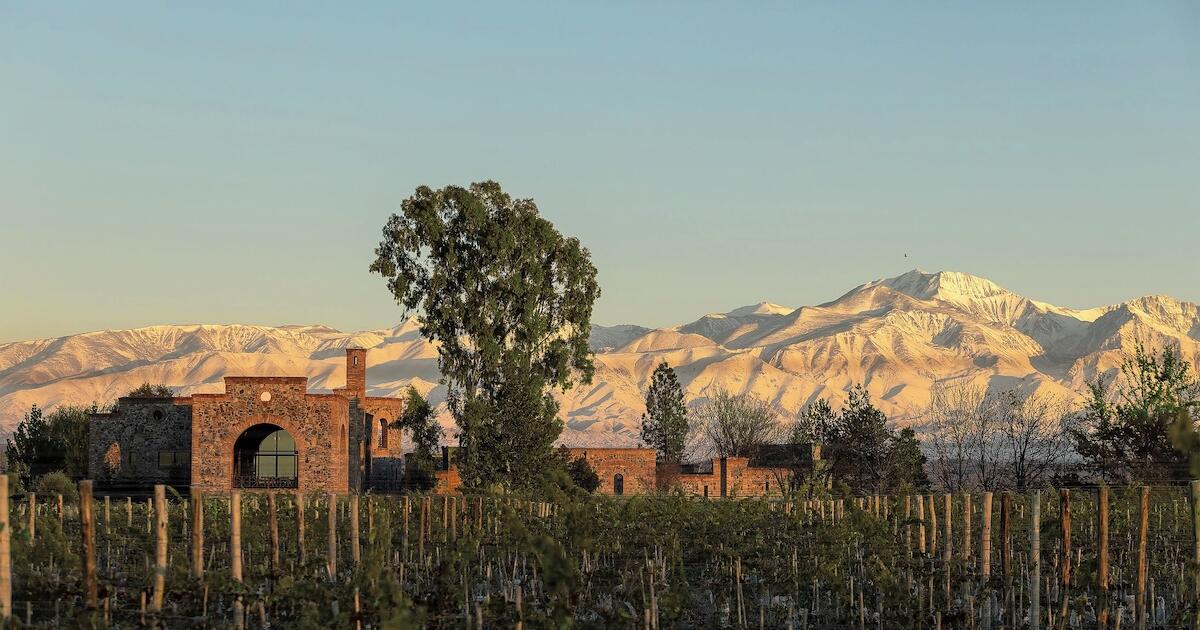12 vacation destinations that were amazing 10 years ago but are completely ruined now

I used to believe that travel destinations, like fine wine, only improved with age—that the passage of time would somehow make them more authentic, more refined, more worth the journey. Standing in the suffocating crowds at Dubrovnik’s old town last summer, watching tourists elbow each other for the perfect Game of Thrones selfie, I realized how devastatingly wrong I had been.
The truth is more complicated and far more tragic: some of the world’s most breathtaking destinations have been loved to death, transformed from sanctuaries of wonder into cautionary tales of overtourism, environmental destruction, and cultural erosion. These aren’t just places that have lost their charm; they’re destinations that have fundamentally changed, often irreversibly, in ways that would shock anyone who visited them a decade ago.
What follows is a journey through twelve such places—destinations I’ve returned to over the years, each visit revealing another layer of decline, another reason to mourn what we’ve lost in our collective hunger for the perfect Instagram moment.
Dubrovnik, Croatia: When King’s Landing Became a Theme Park
In 2014, I wandered Dubrovnik’s marble streets at dawn, when the only sounds were church bells and the Mediterranean lapping against ancient walls. The city felt like a secret then, a perfectly preserved medieval jewel that had somehow survived both war and modernity.
Today, that Dubrovnik exists only in my photographs. The HBO effect has transformed this UNESCO World Heritage site into what locals bitterly call “a Game of Thrones theme park,” where cruise ships disgorge up to 10,000 visitors daily into streets built for a few hundred.
The transformation isn’t just about crowds—though watching elderly residents struggle through walls of tourists to reach their own homes is heartbreaking enough. It’s about how fame has hollowed out the city’s soul, turning family restaurants into overpriced tourist traps and forcing locals to flee to the suburbs as Airbnb devours the housing stock.
Maya Bay, Thailand: The Beach That Couldn’t Survive Its Own Beauty
When I first anchored in Maya Bay in 2013, I understood why Alex Garland had chosen it as his vision of paradise in “The Beach.” The emerald waters, the towering limestone cliffs, the pristine sand—it was impossibly, almost painfully beautiful.
By 2018, that same bay was welcoming 5,000 visitors daily, their speedboats leaking oil into waters that had once been crystal clear, their feet trampling coral reefs that had taken centuries to grow. The Thai government finally closed the bay indefinitely in 2018, but the damage was already done.
Marine biologists estimate it will take decades for the ecosystem to recover—if it ever does. The beach that once symbolized untouched paradise has become a monument to our inability to love nature without destroying it.
Santorini, Greece: Where Sunset Became a Contact Sport
I remember my first Santorini sunset in 2012, sitting on a quiet terrace in Oia, watching the sun melt into the Aegean while church bells rang across the caldera. It felt like witnessing something sacred, something that had been happening exactly this way for millennia.
Return to Oia today, and you’ll find that same sunset has become a gladiatorial event. Tourists begin staking out spots hours in advance, jostling and shoving for position, their phones held high like weapons. The narrow streets become so packed that local authorities have had to implement one-way pedestrian systems.
But the crowds are just the visible symptom of a deeper rot. Water shortages plague the island as tourism infrastructure struggles to support ten times the population it was built for, while young locals flee to Athens, unable to afford homes in their own birthplace.
Barcelona’s Graffiti Culture: When All the Right Reasons Became All the Wrong Ones
A decade ago, Barcelona’s street art scene pulsed with authentic rebellion. Artists like Pez and Miss Van had turned the Gothic Quarter into an open-air gallery where every corner revealed another masterpiece, another challenge to authority.
Today, those same streets host “graffiti tours” that treat revolutionary art like zoo animals, while Instagram influencers pose against murals that once carried messages of resistance. The city has cracked down hard, painting over historic pieces and fining artists, while commissioning sanitized “urban art” that misses the point entirely.
The tragedy isn’t just that the art is disappearing—it’s that tourism killed the very thing tourists came to see. Rebellion can’t survive when it becomes a commodity.
Mount Everest: The World’s Highest Garbage Dump
In 2014, climbing Everest still carried the weight of impossible dreams, a feat that demanded years of preparation and acceptance of mortal risk. Yes, it was commercialized, but it retained something of Edmund Hillary’s spirit.
That spirit is now buried under literal tons of human waste, abandoned equipment, and bodies that can’t be retrieved. The 2019 climbing season saw hour-long traffic jams near the summit, climbers dying not from the mountain’s challenges but from waiting in line in the death zone.
The mountain has become a trophy hunt for the wealthy, enabled by operators who prioritize profits over safety or environmental protection. Sherpas now risk their lives not to help passionate mountaineers achieve dreams, but to haul up clients who sometimes can’t even use crampons properly.
Amsterdam’s Historic Center: When Free Spirit Became Corporate Brand
The Amsterdam I fell in love with in 2011 was a city of contradictions—centuries-old tolerance living alongside cutting-edge progressivism, coffee shops next to Rembrandt’s house, a place where freedom meant more than just permission to misbehave.
Today’s Amsterdam has been reduced to its worst stereotypes. Bachelor parties rampage through the red-light district, treating sex workers like tourist attractions. Cannabis tourism has exploded beyond any reasonable scale, with visitors who couldn’t point to the Van Gogh Museum if their lives depended on it.
The city has fought back with increasingly desperate measures—banning beer bikes, limiting Airbnb, even considering closing coffee shops to tourists—but it may be too late. When I walk those canal-side streets now, I see a city that’s lost itself in its own marketed image.
Machu Picchu, Peru: The Lost City That’s Losing Itself
Standing at the Sun Gate in 2013, watching dawn break over Machu Picchu after four days on the Inca Trail, I wept. The silence, the mist, the sense of discovery—it was everything I’d dreamed.
That silence is gone. Despite UNESCO’s recommended limit of 2,500 daily visitors, the site now sees up to 5,000, their feet wearing away stones that survived centuries. The Peruvian government has built a new airport nearby, prioritizing tourist dollars over preservation.
Even more heartbreaking is what’s happening to the surrounding Sacred Valley. Traditional communities have been transformed into human zoos where tourists pay to photograph “authentic” Andean life, while actual authentic life retreats further into the mountains.
Venice During Carnival: When Tradition Became Trap
The Venice Carnival I attended in 2012 still retained whispers of its transgressive past—masks that truly concealed identity, parties that felt dangerous, a sense that beneath the tourist veneer, something ancient and wild survived.
Now, Carnival has become Venice’s peak nightmare. Crowds so dense that crossing a bridge takes an hour, mass-produced masks from Chinese factories outnumbering Venetian craftwork 100 to 1, tourists who treat the city like a backdrop rather than a living place.
The most telling statistic: Venice’s population has dropped below 60,000 for the first time in centuries. When tourists outnumber residents 140 to 1 during peak season, can we even call it a city anymore?
Los Angeles Arts District: Where Creativity Got Priced Out
In 2011, LA’s Arts District was still rough around the edges—warehouses where actual artists could afford to live and work, galleries that took risks, a genuine creative community carving beauty from urban decay.
The transformation has been swift and merciless. Tech companies and luxury developers descended like locusts, driving rents beyond what any artist coul
link





:max_bytes(150000):strip_icc()/TAL-header-faro-algarve-portugal-CALIOFEUROPE0825-fa978d40a74a406b95586473636292f1.jpg)

